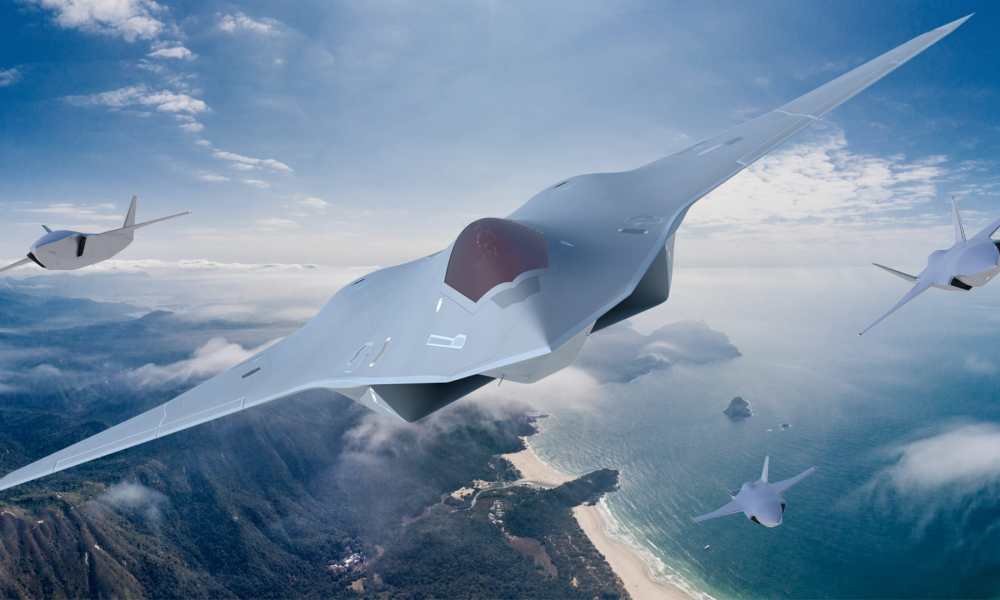India Initiates Development of Indigenous 6th Generation Fighter Jet for Future Air Dominance
In a significant leap towards enhancing its aerial capabilities, India has launched an ambitious initiative to develop an indigenous 6th generation fighter jet, aimed at ensuring air superiority in the decades to come. This advanced aircraft is set to replace the aging Su-30MKI fleet, which has been the backbone of the Indian Air Force (IAF) since its induction in the early 2000s, with replacements expected to start rolling out in the mid-2040s.
As technology evolves and the nature of aerial warfare becomes increasingly sophisticated, the IAF anticipates that its current fleet will become outdated by the mid-2040s. Acknowledging this reality, Indian defense planners are proactively establishing the groundwork for a next-generation fighter jet capable of meeting future combat challenges, including emerging threats posed by drones, hypersonic weapons, and advanced electronic warfare systems.
The development of this 6th generation fighter follows closely on India’s existing project to create a 5th generation Advanced Medium Combat Aircraft (AMCA), which is slated for induction between 2033 and 2035. The new 6th generation fighter jet promises to incorporate state-of-the-art technologies including advanced stealth features, autonomous flight capabilities, artificial intelligence integration, and sophisticated sensor systems—all vital for maintaining air dominance in tomorrow’s high-stakes battlefield.
With approximately 100 units of the Su-30MKI fleet projected to reach the end of their operational life by the 2040s, the urgency of this transition is clear. While current upgrades have temporarily bolstered the capabilities of these aircraft, their long-term relevance is increasingly in question. This development initiative underscores India’s steadfast commitment to achieving long-term air superiority in the region.
However, the endeavor to create such an advanced aircraft will not be without its challenges. Significant technological and financial obstacles lie ahead, with the success of the ongoing AMCA program serving as a crucial determinant in India’s capacity to pursue this complex project. Additionally, international collaboration may play a pivotal role, much like the partnerships seen in the US and UK’s joint development of their Next Generation Air Dominance (NGAD) and Tempest fighter programs.
This strategic move highlights India’s growing emphasis on self-reliance in defense technology, reflecting the nation’s determination to maintain a modern, capable air force prepared to address future security challenges head-on. As the global landscape continues to evolve, India’s proactive steps in upgrading its aerial capabilities serve as a crucial pillar in safeguarding national security for generations to come.













